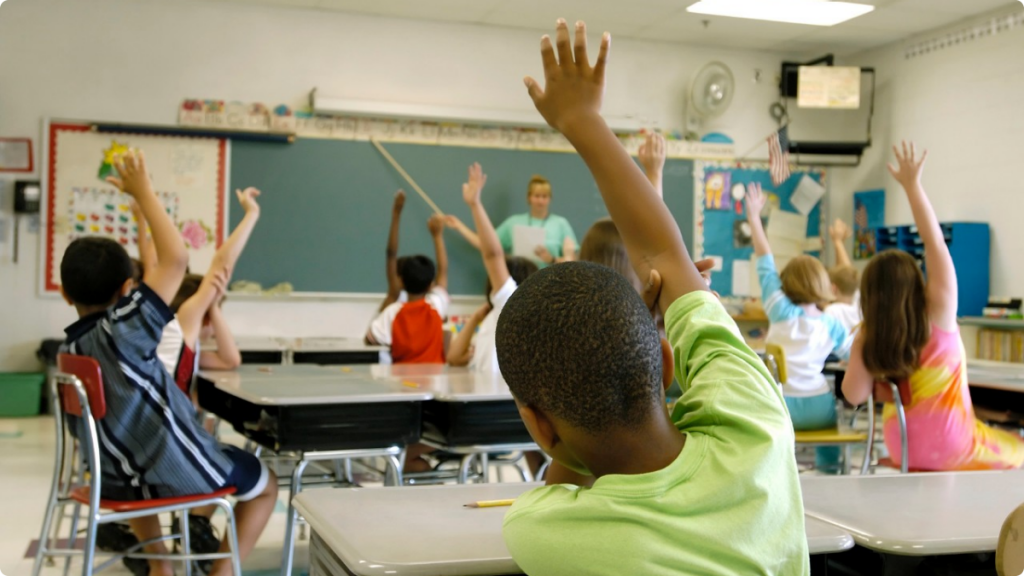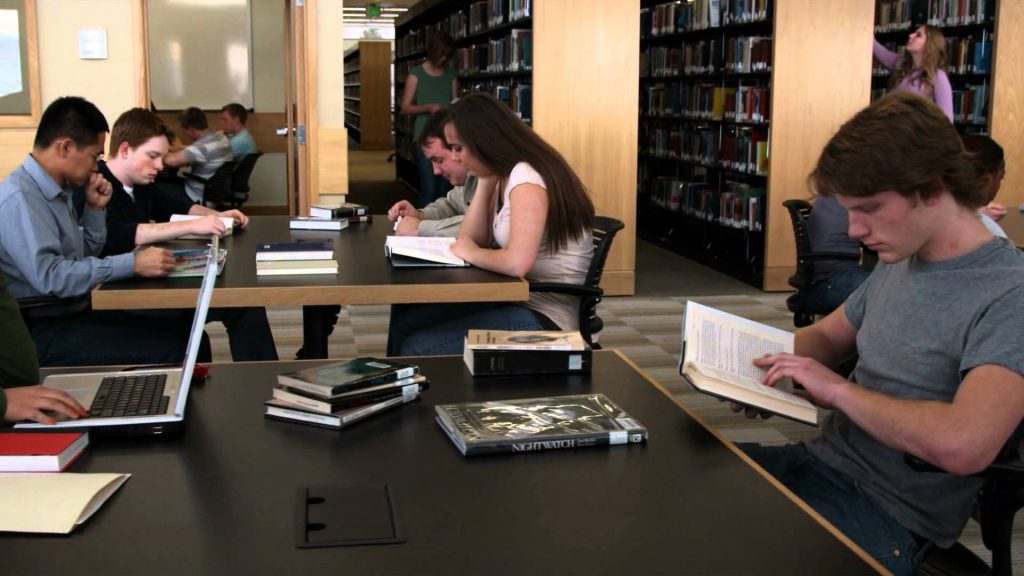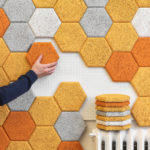12
Aug
2016
Acoustic Issues: Schoolchildren’s Learning Disabilities

Reading Time: 5 minutes
Common schoolchildren’s disabilities can be caused by a number of serious issues that continuously happen to many students in Singapore. The role of acoustics are often not considered because we aren’t aware or neglect it. This blog post will help you break the ice!
Introduction
Schoolchildren’s learning disabilities are more prominent in schools than we actually think. Most of us who have been through school will understand that it might have been an enjoyable time of our life but it was also where we had to voice out and participate. While some of us suffered, our teachers were often victims too. Here are some of the common excuses or problems students faced
- Daydreaming or being distracted in class and in the mess hall
- Abruptly waking up from noise from neighbours/construction/animals etc, which lead me to be tired and lethargic in class
- Difficulty studying at home due to high noise levels
- Straining your voice talking in loud environments in schools/cafes/restaurants
- Stress in classrooms
- Covering my ears because it was just too loud in classrooms
As observed above, these are typically the symptoms of a bad student in class, and the usual response of most parents would be that their son or daughter is not studying hard enough! Does this sound familiar?
Is Sound in School Important?
Take a few seconds and think about it! Did you know that some schoolchildren’s learning disabilities and room acoustics play a part in your children’s learning in schools? If you had answered no, it would have been a common response at least in Singapore. [OECD, 2006, Ministry of Education, 2007, Eggenschwiler K., Cslovejcsek M., 2008, Zeilstra, 2009]
However, acoustics are a requirement in the design of schools in other countries like the United Kingdoms, New Zealand, Switzerland and other parts of Europe.
So you must be wondering how does acoustics affect children’s learning in school, here are some basics of acoustics. The basic idea is the most hard surfaces in the room (e.g concrete, gypsum board, glass, wood, paint etc.) As such, the more sound reflects around the room, leading to a phenomenon known as flutter echoes.
What do flutter echoes sound like? Once example is when you clap your hands and a metallic ringing sound comes off! They muffle all sounds, including the teacher’s speech as the highly reflected sounds, interact with the direct sound from the teacher!
How Bad Poor Acoustics can Affect Students?
According to Julian Treasure, a sound consultant, Although the student in front can probably hear it quite intelligibly the students sitting further behind get affected as [Treasure, 2012] speech intelligibility drops by 50% for a student sitting in the fourth row in a typical classroom setting. For most people who don’t study sound or do some form of audio production, sound is a very subconscious entity; this means that people won’t know why they don’t pay attention. Basically, it is very common behaviour for a child to lose focus and feel distracted in class due to the lack in intelligibility in the teacher’s voice. Watch his full video here at a TED talk on how sound affects you
How Poor Acoustics Lead to a Vicious Cycle?
“50% of teachers have experienced damage to their voice from talking over classroom noise” [Treasure, 2012] . The hard surfaces in our typical classroom reflect every sound, increasing background noise, cries of children and even external noise. [Ministry of Education, 2007] The abundance of “noise” in the classroom often causes the teacher to shout in class, having the potential to damage their voices and cause schoolchildren’s learning disabilities to be compromised.
Acoustics in a New Environment
When we enter a new room environment, we are automatically attuned to how it sounds resulting in the way we experience the space whether visually or aurally. Similarly, when we enter a classroom, teachers and children face numerous issues from educating, creating a unique environment for learning and sharing experiences with them as such, common schoolchildren’s learning disabilities and emerges when we grow up all the way into adults, we experience the same reflective room in offices, restaurants, meeting rooms etc. Now we know why it’s so hard to focus on what the person on the other table is talking about at the other end of a table in a noisy and restaurant.
How about in the library or studying at home? [Treasure, 2012] If you can hear someone talking while you’re reading or writing, your productivity dips by up to 66%. Once again, the reflective surfaces allow sound to travel very far distances in the library affecting everyday schoolchildren’s learning disabilities, meaning that you will be able to hear chatter around corners and from very far distances. The lack of basic soundproofing in our common home also makes it hard for the child to concentrate. Common noises include TV noise, people walking and talking, air-con and ventilation noise, and external noises such as neighbours, construction, aeroplanes, playground noise, events etc. noise in everyday life?
Another common contributor of noise is construction noise; it affects everyone around them over a long distance. Yet, the lack of basic soundproofing in our homes causes sound to leak into our room and potentially interrupting our rest. I’ve encountered this issue too many times in the past to count and a disturbed rest often lead to an unproductive day and short attention spans.
Consequences of Poor Acoustics
The last thing that affects us all is our overall health. When our loved ones are recovering in the wards of a hospital, wouldn’t you want them to have the best possible rest which is so crucial for a fast recovery? We do not currently have any experiments showing the current noise floor of a hospital in Singapore, but in the U.S., [Treasure, 2012] the average noise levels in hospital wards was recorded to be at 95 dB, which is 10 dB beyond the noise level at which U.S. Federal Law requires ear protection for prolonged exposure. Doesn’t that ring a bell when educators and students face the music at school too? Schoolchildren’s learning disabilities should be looked into more when it comes to room acoustics.
Common Solutions
Contrary to popular belief, many people think that sound and acoustics is very simple. However, there is actually a lot of calculation, theory and science that is applied to soundproofing or room treatment that will improve schoolchildrens learning disabilities
- Soundproofing is the attenuation of exterior sounds like construction, traffic and animal noise
- Room treatment is reducing the reverberation time in the room through absorbers, which will essentially kill flutter echoes and increase clarity in the sound source.
Conclusion
Each room or space is also treated very differently depending on the volume, type of surface and what types of sounds are being attenuated or treated. Therefore, if any of the previously highlighted issues need to be addressed, it is preferable to hire an acoustics consultant so that they can give the best advise possible and improve the next generation of thinkers and educated in the best way or you can simply contact us. 🙂
References
Eggenschwiler K., Cslovejcsek M. (2008) Acoustical Requirements of Classrooms and New Concepts of Teaching. In: Acoustics ’08 [online] Paris: French Acoustical Society, pp. 6395-6400. Available at: http://www.eggenschwiler.arch.ethz.ch/vortrag19-e.pdf [Accessed 2 Aug. 2016]
Ministry of Education, (2007) Designing Quality Learning Spaces : Acoustics, Branz Ltd. [Online] Available at http://www.education.govt.nz/assets/Documents/Primary-Secondary/Property/School-property-design/Flexible-learning-spaces/AcousticsGuide.pdf [Accessed: 2 Aug. 2016]
OECD, (2006) Design Quality Indicator for Schools in the United Kingdom [Online] Available at http://www.oecd.org/education/innovation-education/centreforeffectivelearningenvironmentscele/37697425.pdf [Accessed: 2 Aug. 2016].
Treasure, J. (2012) Why architects need to use their ears. [Online] Ted.com. Available at: http://www.ted.com/talks/julian_treasure_why_architects_need_to_use_their_ears [Accessed 3 Aug. 2016].
Zeilstra G.B. (2009) Speech Intelligibility in Classrooms: A New Measurement Method. Master Applied Physics, Delft University of Technology [online] Available at http://www.tnw.tudelft.nl/fileadmin/Faculteit/TNW/Over_de_faculteit/Afdelingen
/Imaging_Science_and_Technology/Research/Research_Groups/
Acoustical_Imaging_and_Sound_Control/Publications
/M.Sc._thesis/doc/Gerben_Zeilstra_20090827.pdf [Accessed: 3 Aug. 2016]








